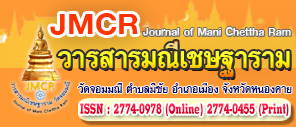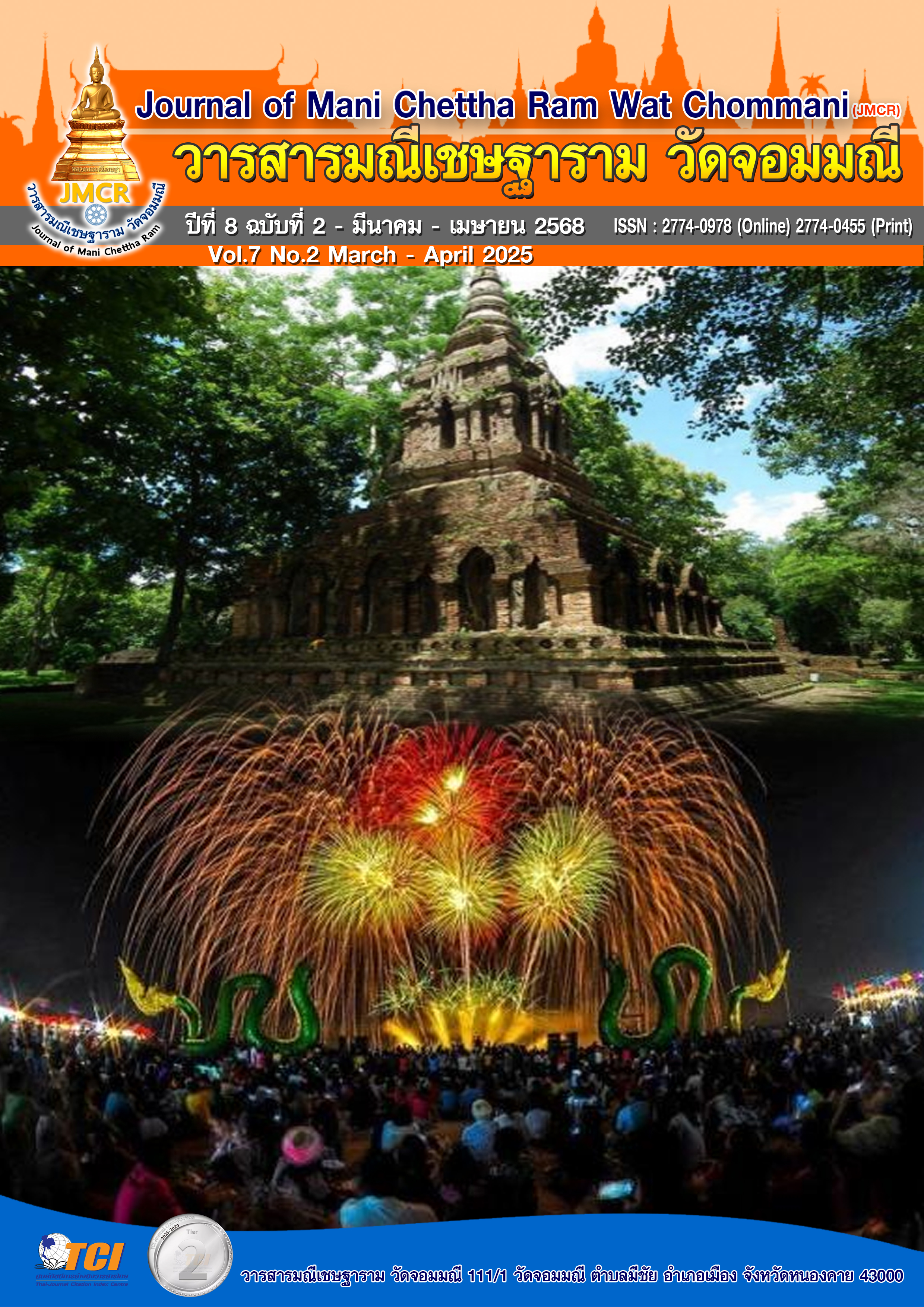STUDY ON DEVELOPING ADDITION SKILLS FOR NUMBERS 1-20 THROUGH HANDS-ON LEARNING ACTIVITIES FOR GRADE 1
Keywords:
Addition skills (1-20), Hands-on learning activities, Mathematical skill developmentAbstract
The objectives of this study were 1) to compare the addition skills of first-grade students before and after participating in Hands-on learning activities, and 2) to compare the addition skills in the number range of 1-20 among first-grade students against the 70% proficiency criterion. The target group was selected through purposive sampling and consisted of seven first-grade students from an international school in Bang Phli District, Samut Prakan Province. The study employed a Hands-on learning activity plan, and the research instrument used was an addition skills test. Data were collected through pre-test and post-test assessments. The statistical methods used for data analysis included percentage, mean, and standard deviation.
The results indicated that 1) a comparison of students’ addition skills before and after participating in Hands-on learning activities revealed a statistically significant difference at the .05 level, and 2) when comparing students’ addition skills against the 70% proficiency criterion, six students (85.71%) met the criterion, while one student (14.29%) did not.
References
กระทรวงศึกษาธิการ. (2553). พระราชบัญญัติการศึกษาแห่งชาติ พ.ศ. 2542 และฉบับแก้ไขเพิ่มเติม (ฉบับที่ 2) พ.ศ. 2545 และ (ฉบับที่ 3) พ.ศ. 2562. ราชกิจจานุเบกษา.
สำนักงานคณะกรรมการการศึกษาขั้นพื้นฐาน. (2564). รายงานผลการทดสอบวัดความสามารถพื้นฐานของผู้เรียนระดับชาติ (National Test: NT) ชั้นประถมศึกษาปีที่ 3 ปีการศึกษา 2564. กระทรวงศึกษาธิการ.
สถาบันทดสอบทางการศึกษาแห่งชาติ (องค์การมหาชน). (2566). ข้อสอบ O-NET ปีการศึกษา 2566. เรียกใช้เมื่อ 10 มีนาคม 2567 จาก https://www.niets.or.th
มานะชัย รอดชื่น. (2565). การทดสอบลำดับอันดับของวิลคอกซัน (Wilcoxon Signed-Rank Test). เอกสารประกอบการสอนวิชา 208272 สถิติเบื้องต้นสำหรับสังคมศาสตร์ 2, มหาวิทยาลัยเชียงใหม่.
จิราภรณ์ ศิริสวัสดิ์. (2563). สถิติเบื้องต้นสำหรับการวิจัยทางสังคมศาสตร์. สำนักพิมพ์วิทยพัฒน์.
วีระศักดิ์ ชมภูคำ และ พิชญ์สินี ชมภูคำ. (2561). การศึกษารูปแบบการจัดการเรียนการสอนโดยลดเวลาเรียนเพิ่มเวลารู้ ในโรงเรียนสังกัดการศึกษาขั้นพื้นฐานจังหวัดเชียงใหม่. คณะวิทยาศาสตร์และเทคโนโลยี, มหาวิทยาลัยราชภัฏเชียงใหม่.
สำนักงานเลขาธิการสภาการศึกษา. (2560). แผนการศึกษาแห่งชาติ พ.ศ. 2560-2579. (พิมพ์ครั้งที่ 1). กระทรวงศึกษาธิการ.
บุญชม ศรีสะอาด. (2560). การวิจัยเบื้องต้น. (พิมพ์ครั้งที่ 9). สุวีริยาสาส์น.
Bruner, J. S. (1966). Toward a theory of instruction. Harvard University Press.
Dewey, J. (1938). Experience and education. Macmillan.
Gardner, H. (1983). Frames of mind: The theory of multiple intelligences. Basic Books.
Leong, Y. H., Ho, W. K., & Cheng, L. P. (2015). Concrete–pictorial–abstract: Surveying its origins and charting its future. The Mathematics Educator, 16(1), 1-19.
Montessori, M. (1964). The Montessori method. Schocken Books.
Piaget, J. (1952). The origins of intelligence in children. International Universities Press.
Piaget, J. (1969). The mechanisms of perception. Routledge & Kegan Paul.
Rogers, C. R. (1951). Client-centered therapy: Its current practice, implications, and theory. Houghton Mifflin.
Vygotsky, L. S. (1978). Mind in society: The development of higher psychological processes (M. Cole, V. John-Steiner, S. Scribner, & E. Souberman, Eds. & Trans.). Harvard University Press.




